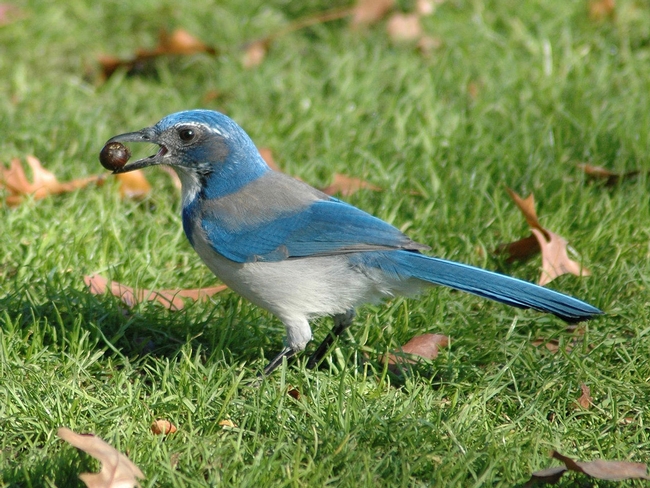
Adapting to drought by removing urban landscapes has unintended impacts

The subject was raised recently by two University of California Agriculture and Natural Resources (UC ANR) experts in a position paper they published on their website, the story said. Don Hodel, UC ANR Cooperative Extension advisor in LA County, and Dennis Pittenger, UC ANR Cooperative Extension area environmental horticulturist at UC Riverside, said landscapes and turf offer tremendous benefits to residents, communities and the environment.
"Nobody thought this out," Hodel said.
The LA Weekly article also quoted Loren Oki, the UC ANR Cooperative Extension specialist for landscape horticulture based at UC Davis. Among the obvious problems created by California's turf-removal program, Oki said, is "encouraging people to plant during the heat of the summer, which is the worst time" for new plants to survive in the ground. He predicts many of the low-water plants will not survive the late-summer heat.
Another UC Davis scientist, biochemistry professor William Horwath, raised the potential for turf removal to kill the "decomposition community" that lives in soil.
When cities and homeowners remove vegetation from land, that diminishes the diversity of the soil biology, especially the larger fauna such as worms, which feed off of the droppings of leaves and other materials from plants.
"If you are not growing anything, just gravel or mulch, you'll be losing a lot of worms, and you will at the same time be losing a lot of carbon from under the soil back into the atmosphere," Horwath said.
Oki was one of the authors of a recent post on the UC ANR California Institute for Water Resources blog, The Confluence, that provides practical, well-thought-out advice on drought-tolerant landscaping in California.
"A variety of options exist for gardeners implementing landscaping changes," the article says. "Trading in your turf for concrete, rock, or artificial turf are options. However, none of these selections promote healthy soils and other ecosystem services. In fact, all of these options can be problematic because they create a heat island effect and may have water infiltration or runoff issues."
The story details seven strategies for conserving water while maintaining a living landscape.
